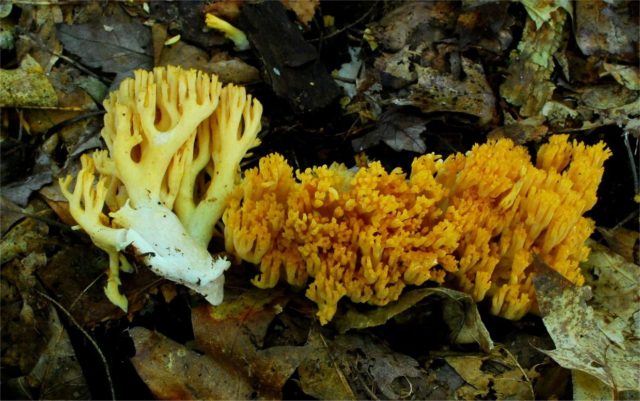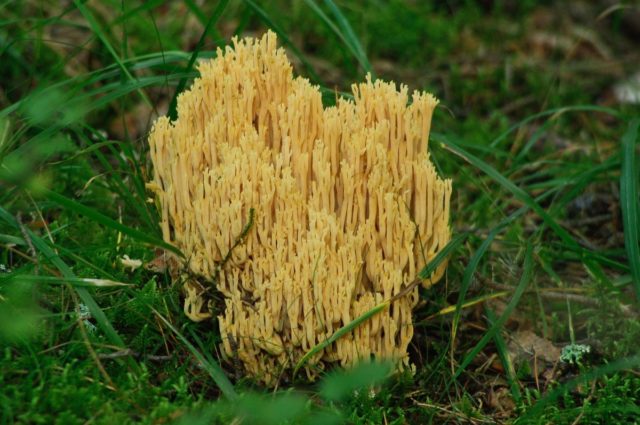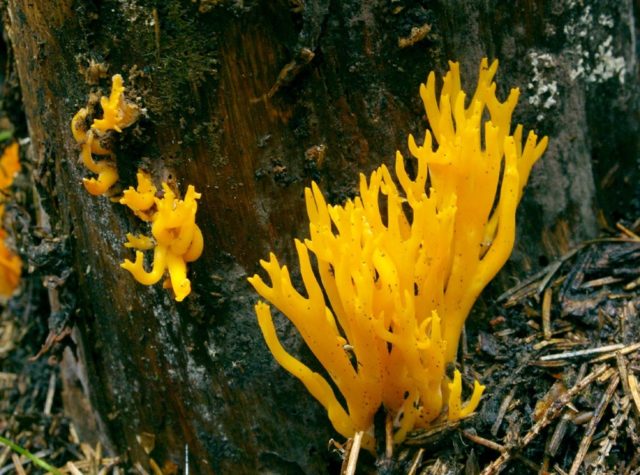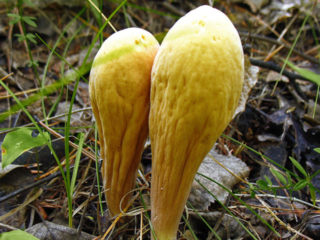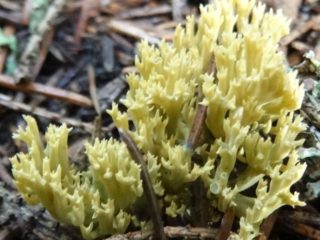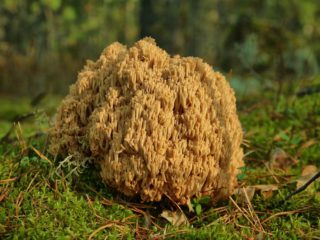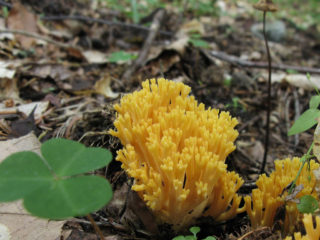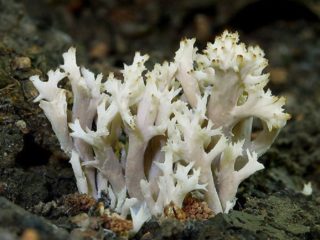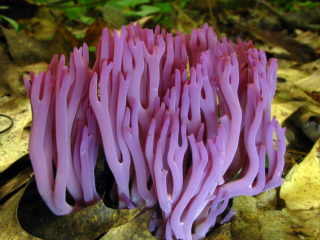Content
Golden ramaria is the name of the genus and species of mushrooms, and not some exotic plant. Rogatik golden (yellow) is the second name. Few people know, much less collect, this mushroom.
Where do golden ramarias grow?
Golden Horntail grows in deciduous and coniferous forests of the temperate zone. Settles on forest floor or rotting wood, on soil. Prefers damp places. You can find these amazing mushrooms from August to September. There is evidence that they grow from June to October.
Golden ramaria is common:
- in the forests of Karelia;
- in the Caucasus;
- in Crimea:
- in Siberia;
- in the Far East;
- in the forests of Europe.
What do golden ramarias look like?
Golden ramaria has a massive fruiting body. The diameter and height are approximately the same, reaching 20 cm.
Its upper part is highly branched, often yellow. At later times it turns orange. The color of the cattail may depend on:
- climatic features of the territory;
- places of growth;
- age.
The upper part resembles flattened branches with blunt ends. They are densely spaced, thick and short.
The pulp is white or slightly yellowish, very fragile.
The spores are a light ocher powder. They are small, smooth or slightly rough, and oblong in shape. It is noted that they contain a small amount of oil.
Golden Ramaria has a short whitish stem. Diameter – up to 5 cm, height – 1-2 cm. The flesh of the leg acquires a yellowish tint. It is watery and brittle.
Coral mushrooms - this is what golden ramaria are called because of their external resemblance to sea corals. Mushroom noodles, deer horns - these are also names for horns.
Is it possible to eat golden ramaria?
Golden ramaria are classified as conditionally edible mushrooms of category IV. This group includes mushrooms of little value in terms of taste. They can only be used when they are young and fresh. Later they become very tough and also acquire bitterness. It is recommended to eat the base of the cattail, while the branches accumulate substances that give a bitter taste.
A very close species is the yellow ramaria. They have the same taste value.It is impossible to distinguish these two species without microscopic examination.
Taste qualities of mushroom
Lovers of nature's gifts note that mushrooms have an inexpressive taste. Their smell is faintly floury. Taste is not for everyone.
False doubles
Golden Ramaria has many similar look-alikes. They are also coral, but inedible, some are even poisonous. Beginning mushroom pickers who are unable to distinguish a real golden horned mushroom from its false counterpart should not take them.
The blunt hornet is inedible. It has a bitter taste. The ends of the branches are rounded. It is most often found in Siberia. Place of growth - mixed forests with an admixture of fir.
Kalocera adhesive is an inedible counterpart. It can be found on stumps and dead wood. It is painted bright yellow. It has dense pulp, similar to jelly.
Ramaria is beautiful, poisonous. A distinctive feature is the appearance of a reddish tint when pressing on the fruiting body. The lower part of the processes is white-yellow in color. Old specimens acquire a brown-brown color.
Ramaria rigida is classified as an inedible mushroom. The pulp has a bitter, pungent taste. The smell is pleasant. It has different colors: yellow, brown. If you press on the flesh, it will change color to burgundy red.
Collection rules
Experienced mushroom pickers recommend cutting off golden ramarias with a sharp knife when picking. Place in a soft container, as the fruit body is fragile. Their layer should be small. Horntails should be collected and stored separately from other mushrooms. It is recommended not to take:
- old specimens, as they are bitter;
- those that grow on stumps and dead wood;
- growing near the road, as they accumulate toxic substances from exhaust gases;
- if you are not sure of their edibility.
To take a young cattail, it is advised to pay attention to its appearance. At an early age, golden ramaria are yellow in color, and at a later age it is bright orange.
If you press on the fruiting body of an old specimen, a light brown tint appears. The smell is reminiscent of cut grass.
Use
Golden ramaria, as noted above, has a striking resemblance to yellow ramaria. It is observed not only in appearance, but also in internal composition and application. After all, these representatives are conditionally edible and belong to the same genus. Mushroom pickers confuse them, since only microscopic analysis can separate these species.
Although cattails are classified in the fourth category, they are tasty when young. Golden ramaria is used in cooking to prepare various dishes. They are dried and frozen, canned for the winter.
It is not recommended to use:
- pregnant women;
- nursing young mothers;
- children under 12 years old;
- people suffering from diseases of the gastrointestinal tract, as well as those prone to allergic reactions.
Conclusion
Golden ramaria is a little-known mushroom. It has many counterparts that are considered poisonous or inedible. It can only be collected by experienced mushroom pickers who are confident that the specimens found belong to the group of safe mushrooms.
